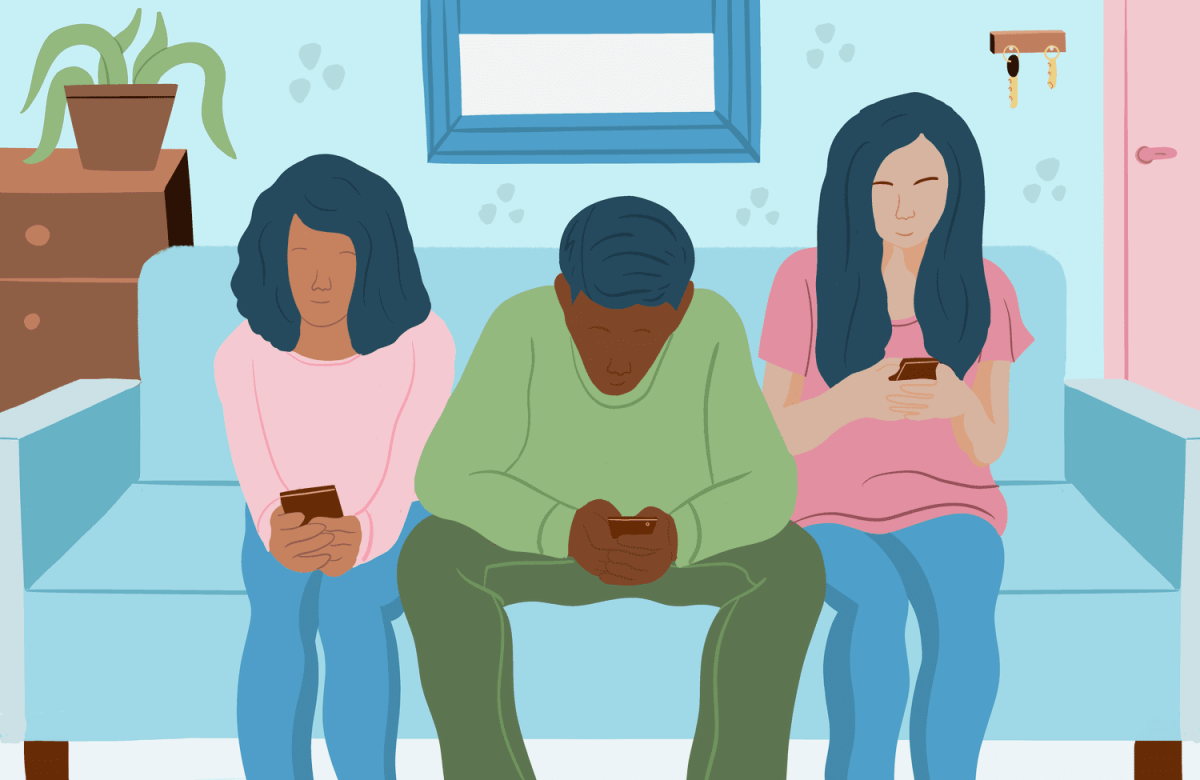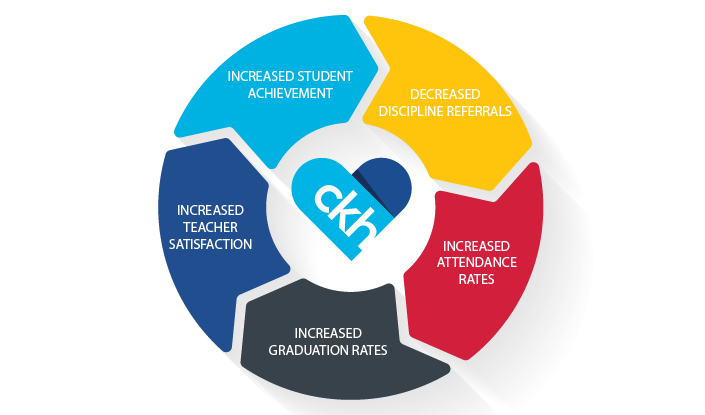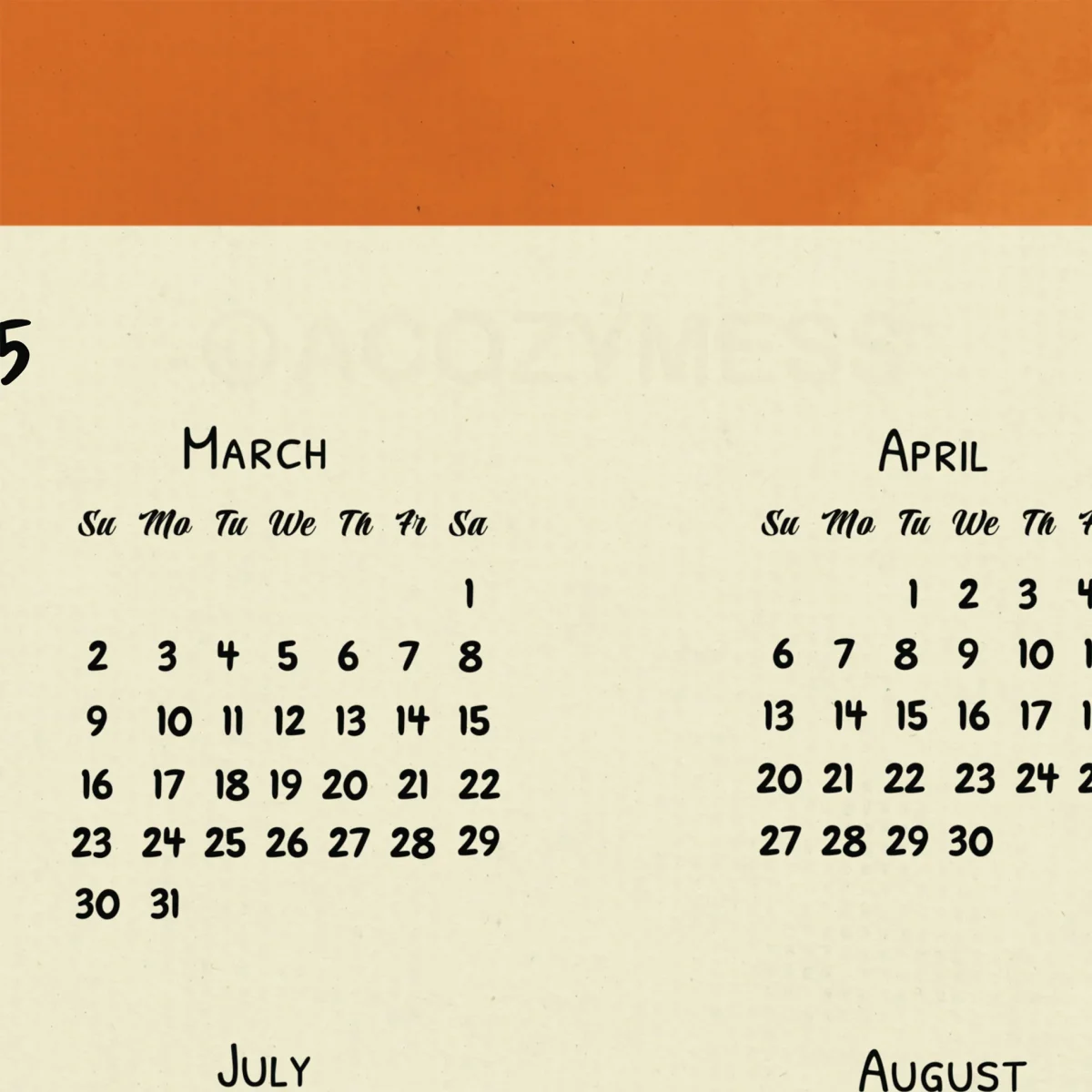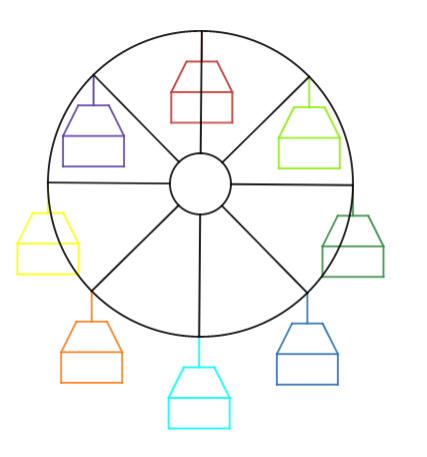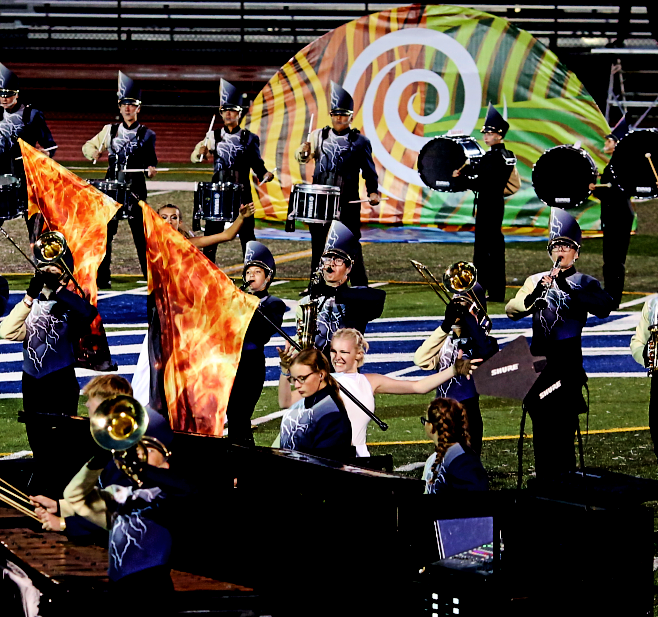Students Put the Hypnosis Rumors To Sleep (Including the One About Sleep)
Pam Mills, a professional hypnotherapist and hypnotist, visits Legacy’s Psychology classes
Mills leads the first hour psychology class through a relaxation activity. Making students close their eyes, she tells them to imagine they are floating into a state of deep relaxation, “drifting and floating, drifting and floating.” Afterwards, students reported feeling like they were floating or sinking (depending on the individual) during the exercise.
November 18, 2019
“I’m just confused,” Phoebe Wennik, 11th, says as she tries to move her hand from the top of her head. “I’m trying to move it but it feels stuck.”
On November 4, Ms. Johnson’s Psychology classes had a special guest. On Monday, Pam Mills, a professional hypnotherapist (a psychotherapist that uses hypnosis to help change behavior), answered student questions about hypnosis, which the class was currently studying in Mobile 5. Part of Mills’s presentation was demonstrating the power of hypnosis.
“My initial reaction was, why isn’t it moving, you know? At that point, like I said, it was like something was blocking me mentally,” Wennik comments after. “It’s like my brain didn’t realize what my brain was realizing.”
As each period drew to an end, Mills asked for five volunteers. Next, Mills asked each individual if they were okay with being made fun of or being made uncomfortable. Students, at first disbelieving, sat on the edge of their seats as Mills got to work.
During first hour Psychology, Mills took three volunteers. First, she hypnotized them to believe that their hands were stuck on their heads— their arms didn’t move even as Mills tried to pry their hands off. After, she made them believe that their chairs, feet, and bottom were glued to the floor. She asked them to get up from their chairs, fabricating a story that the class needed to leave in order to get out of the way for a maintenance crew; they strained to stand but couldn’t move.

Wennik was one of the first hour volunteers. When asked about how she felt during the hand-on-head exercise, she replies “Kind of intrigued and also kind of, in a way, scared because when I did try to move— and it felt like my muscles were locked up— it was just stuck there. And I was like, what is happening?”
Mills had more tricks up her sleeve. During Ms. Johnson’s third hour Psychology class, she made a student forget the number 4. She ordered her five volunteers to “sleep” (a state of relaxation where one is still mentally awake) before waking up one individual. She told the student, “Now you’re going to forget the number 4.”
The student did. When asked what two plus two is, they answered five.
Jonathan Tang, 12th, was in the audience.
“And Ms. Mills showed him her hands, ‘What is 2 plus 2?’” Tang recounts. “Then she said, ‘That’s four! And what is 3 plus 1?’ And the student said, ‘4, I guess?’ And then Ms. Mills said,, ‘You’re a senior, and you’re guessing on 3 plus 1!’ And then the student was like, ‘I failed my test!’”
Mills is an American College of Healthcare Executives Certified Instructor, a guest speaker from police departments to high schools. She’s been a guest speaker at Legacy for many years, teaching Legacy Psychology students the real power of hypnosis.
She’s also here to reinforce the biggest misconception about hypnosis.
“The number one misconception around hypnosis is that once a person is hypnotized, they are under complete control of the hypnotist or hypnotherapist,” Mills says. “This is absolutely not true. The hypnotized person is always in complete control and will never do anything he/she does not want to do.”
But if hypnosis isn’t a fancy word for mind-control, then what is it?
The American Psychological Association defines hypnosis as “A state of consciousness involving focused attention and reduced peripheral awareness characterized by an enhanced capacity for response to suggestion.” Psychology students at Legacy learn it, in much simpler terms, as “being in a state that is open to suggestions and those suggestions are followed.”
“All hypnosis is self hypnosis,” Mills instructs to Ms. Johnson’s first hour class. “When you are hypnotized, you feel exactly as you do now, no difference.”
In other words, a volunteer isn’t turned into a zombie when they’re hypnotized. In fact, nothing has changed at all, except wanting to follow a few suggestions made.
“It was just strange in the sense of it felt more so…easily to be convinced—kinda floaty—and then also, it was mainly in your muscles and your body,” Wennik says when asked about how she felt during the demonstration. She also says that she didn’t feel mentally different.
Besides parlor tricks, hypnosis can be used medically. In class, Mills recounted a six-year-old with leukemia she worked with during her work in hypnotherapy. She told him to imagine the bad leukemia cells in his body—which he looked for by holding an imaginary pair of binoculars. Then she told him to imagine getting rid of the leukemia cells—which he did by snatching them from the air with his “grabbers,” being unknowingly cute as only kids can do.
The boy was expected to do another round of leukemia therapy and lose his hair. His family, who had shaved their heads in support, were shocked when he kept his hair. “I’ll remember that kid forever,” Mills says fondly.
Hypnosis is not a cure. But it can aid in certain illnesses and ailments. It can help with pain, especially when there is nothing physically wrong with an individual (despite them being in pain). It does not help with personality disorders. It also “Works wonders for anxiety,” according to Mills.
Some hypnotists claim they can help with depression, but Mills disagrees, believing that hypnotists don’t have enough experience to deal with such a delicate matter. In fact, it’s arguably true that most “hypnotists” don’t have enough experience to work with hypnosis in general.
Mills comments, “Hypnotists have a bad reputation, and they deserve it.”
Colorado is one of only five states that attempts to regulate hypnosis by providing a standardized test to become a hypnotist. The rest of the states have nothing—which means anyone can start a sideshow hypnosis business. In the hands of the inexperienced, hypnosis can really seem fake.
Regardless, after the demonstration from Mills, some Psychology students have changed their opinions about hypnosis.
“I didn’t really expect it to really, I guess, work,” Wennik says. “Part of me was like, ‘Oh, I never believed in this because there’s a huge stigma against it being ‘Oh, it turns people into zombies.’ But once I got into it, once it started happening, I was like ‘this is weird. It’s actually working.’”
Tang did not participate as one of the five volunteers. Despite not participating and never believing in hypnosis, he also changed his mind.
“I think most people thought you could ask someone to do whatever and that they have no memories [after],” Tang says. “That’s what changed my mind about hypnosis. It really works,” he finishes.
To say the least, it was a very interesting day in Psychology class. Not only did students get to meet Pam Mills and ask their own questions about hypnosis, they got to experience it firsthand. Many students who scoffed at the idea of hypnosis left the classroom with a different opinion compared to when they got to class.
When asked what he would tell people about hypnosis, Tang says, “People do hypnosis while they are awake. That’s the biggest misconception.”






